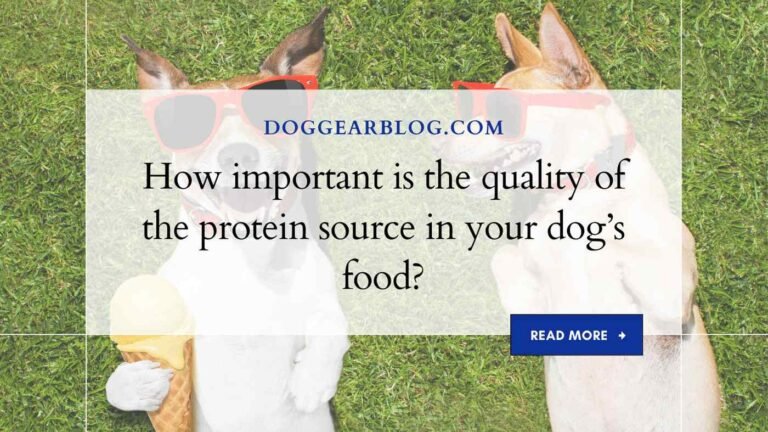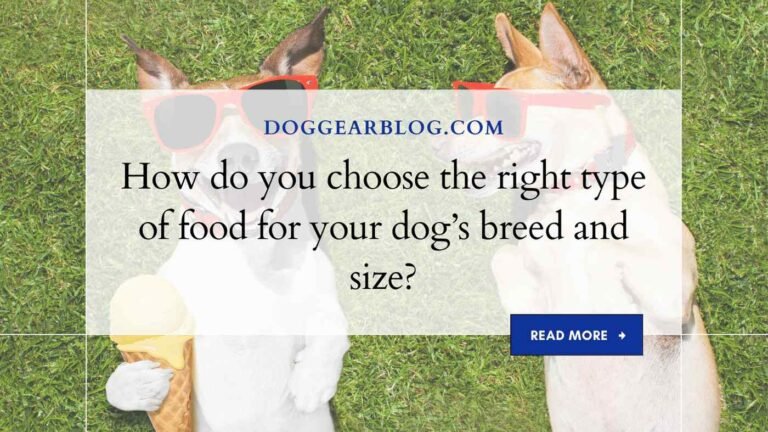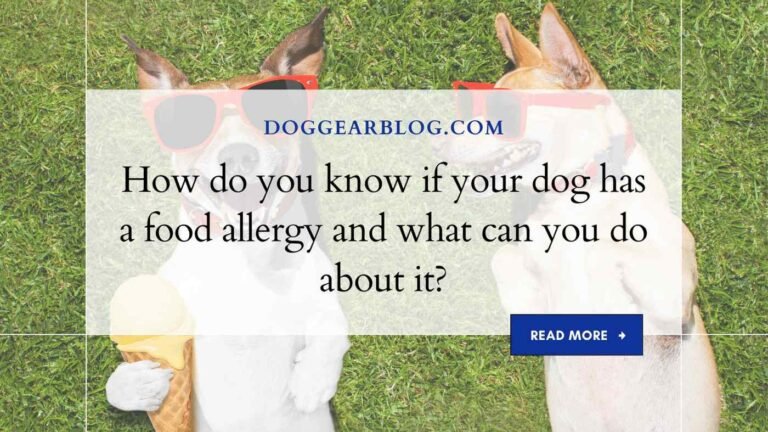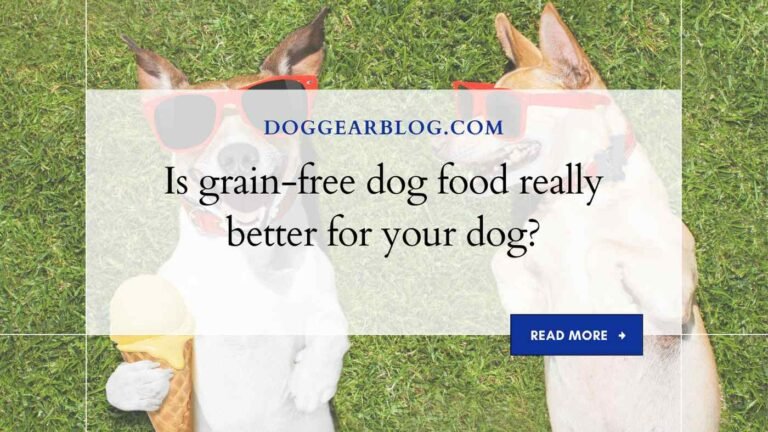What is the best way to transition your dog to a new type of food?
Are you tired of your dog turning up his nose at mealtime or experiencing digestive issues after introducing a new type of food? If so, it may be time to consider the best way to transition your furry friend to a new diet. With so many options available on the market, it’s important to take the necessary steps when transitioning your dog’s food.
In this blog post, we’ll explore some tips and tricks for making the switch as smooth as possible, ensuring that both you and your canine companion are happy and healthy!
The basics of transitioning your dog to a new diet

When it comes to transitioning your dog to a new diet, there are a few basics you need to keep in mind. First, make sure that the new diet is appropriate for your pet’s age and weight, as each one has different nutrient requirements. Second, set realistic expectations for how quickly your dog will adjust–often it takes several weeks or even months. And finally, be patient –dogs are notoriously resistant to change![1]
There are a number of types of diets available on the market today, all with their own benefits and drawbacks. However, there is one type of food specifically designed for dogs that can be used as a transition food: kibble. Kibble is low in fat and high in protein (which helps satisfy your dog’s hunger), so it provides all the nutrients your pet needs while helping him or her adopt a new way of eating.[2]
As with any dietary change, make sure to mix kibble with plenty of water daily to ensure your dog gets enough hydration. And remember: always consult with your veterinarian before making any changes to your pet’s diet.[3]
Types of Transition Diets
There are a few different types of transition diets that are advocated by various organizations. Nutritional consultant Karen Becker has developed the SmartPet Select diet, which is a grain-free, low-calorieohydrate diet recommended for dogs that are transitioning to a new food. The kibble in this diet is made up of mostly plant proteins and healthy fats.
The raw meat diet is another type of transition diet that many proponents believe can be helpful in bringing about weight loss and better health in dogs. Raw meat eliminates most of the processed foods and other ingredients that can be harmful to a dog’s health and make their transition to a complete new food more difficult.
There are also hybrid approaches to transitioning your dog to a new food where some portions of the old food are continued alongside the new food during the first few weeks while gradually increasing the amount and variety of the new food over time.
There is no one perfect way to transition your dog to a new type of food; however, using common sense and following one or more of these transitional diets may help make the process easier for both you and your pet.
The Benefits of a Transition Diet
There are many benefits of transitioning your dog to a new type of food. Transitioning can help reduce overall disease risk, improve digestibility, and minimize potential health concerns. It also may lead to a more aggressive diet and better eating habits in the future.
- Reducing Disease Risk
One of the main reasons to transition your dog to a new type of food is to reduce their risk of developing diseases. When switching to a new diet, it’s important to make sure that all vitamins and minerals are maintained. Healthy foods provide essential nutrients that keep your dog healthy both externally and internally. Plus, they are typically easier on their tummies as well – meaning less likelihood for microbial overgrowth or digestive issues down the road.
- Improved Digestibility
While raw diets tend to be highly digestible for dogs, most kibble varieties pose some challenges for canine digestive systems. For example, grains and other carbohydrate sources can cause gas and bloat in some dogs, while others struggle with poor nutrient absorption from kibble due to its bulkiness or crushed-up consistency. Transitioning can help improve digestion by reducing the number of problematic ingredients in the canine’s diet and improving blood flow throughout the digestive system. This leads to improved nutrient absorption and overall health gains for your pup!
- More Aggressive Diet?
While adopting a raw diet is one way you can encourage more aggressive eating habits in your pet, transitioning them off of their current food can have the same effect. In fact, many experts believe that a raw diet is better suited for more aggressive chewers due to the level of bacteria and enzymes found in fresh foods. By transitioning, you’re giving your dog an opportunity to learn good dietary habits that can last for a lifetime!
- Improved Eating Habits
A Transition Diet provides positive reinforcement for good eating habits. When dogs switch to a new type of food, they’re usually introduced to smaller portions over a gradual period of time. This gradual approach not only helps your pup feel excited about trying new foods, but it also discourages them from overeating. Plus, rewarding your dog with treats throughout the transition process will help reinforce good behavior and discourage bad habits in the future!
How to Transition Your Dog to the New Diet
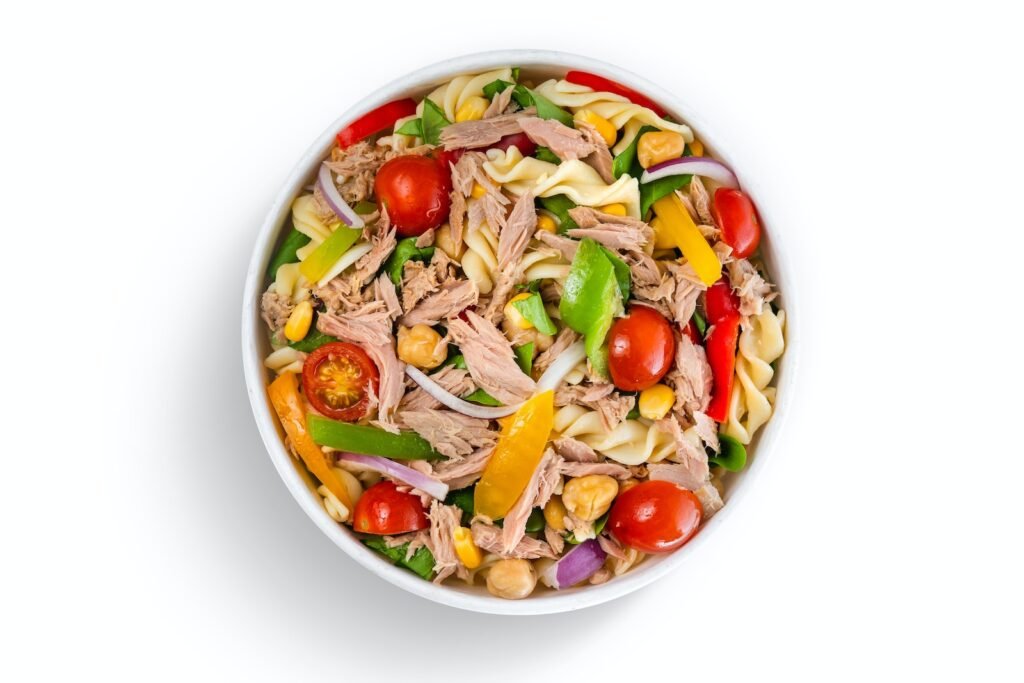
One of the most difficult things you may have to do when transitioning your dog to a new type of food is ensure their digestive system is up for the challenge. You don’t want them to experience any unpleasant side effects, such as throwing up or diarrhea.
To help make the process smoother, start by gradually mixing in the new food over a two-week period. Keep ratios consistent so that your dog doesn’t become overloaded with one type of food while refusing the others. Gradually decrease your dog’s old food intake until they are exclusively eating the new food.
Introduce small amounts at first and monitor their response. If they show any signs of discomfort (e.g., vomiting, diarrhea), take them back off of their old diet and slowly reintroduce it while increasing the amount of new food they are eating over time.
Be patient with your pup and provide plenty of encouragement throughout the transition process!
Foods That Are Good for Transitioning a Dog
If you’re transitioning your dog to a new type of food, there are a few things you need to know. The best way to transition your dog is slowly and gradually over a period of several weeks or months, while keeping him as comfortable as possible.
Here are five foods that are good for transitioning a dog:
1) Pre-made wet dog food: This is the easiest type of food to transition a dog to because it’s already prepared in liquid form, so your dog doesn’t have to chew or eat the kibble. Just add it to his regular food bowl and he’ll be eating the same thing he always eats, but with added wet dog flavor.
2) Vegetables: Vegetables can be an excellent addition to your pup’s diet if you’re transitioning him from kibble. Try mixing small amounts of vegetables into his regular kibble mix or serving them as a separate dish. Be sure to give your puppy plenty of water throughout the day, especially if he’s eating lots of vegetables.
3) Grain-free canned cat food: If you’re feeding your puppy grain-free canned cat food, start by adding just a small percentage (less than 10%) of the new food into his regular diet and gradually increase the amount over time until he’s consuming all of his meals this way. This type of diet is also high in moisture and valuable vitamins and minerals, which will help support your pup’s immune system during his transition.
4) Fresh meat: If you’re feeding your dog fresh meat, make sure to ground it up small so he can eat it easily. Start by feeding him small amounts several times a week, and gradually increase the amount as he becomes more comfortable with the new food. Offer fresh meat as part of his regular diet, rather than serving it as a special meal.
5) Vegetarian/vegan diets: If you’re transitioning your dog to a vegetarian or vegan diet, start by mixing a small percentage (less than 10%) of the new food into his regular diet and gradually increase the amount over time until he’s consuming all of his meals this way. This type of diet is also high in moisture and valuable vitamins and minerals, which will help support your pup’s immune system during his transition.
Cons of Transitioning Your Dog to a New Diet
There are many cons to transitioning your dog to a new diet. The most common are gastrointestinal problems, such as diarrhea and vomiting. Transitioning may also cause a decrease in the amount of food your dog is eating, leading to weight loss and malnutrition. In addition, some diets may be harmful to your dog’s teeth and gums.
Conclusion
Transitioning your dog to a new type of food can be a difficult process. It is important to provide plenty of love and patience while gradually introducing the new food into their diet. Make sure to follow the instructions provided by the manufacturer of the new food, and never overfeed your dog in order to make them eat more quickly. If all goes according to plan, you should end up with a happy pup who loves trying out all kinds of foods!

